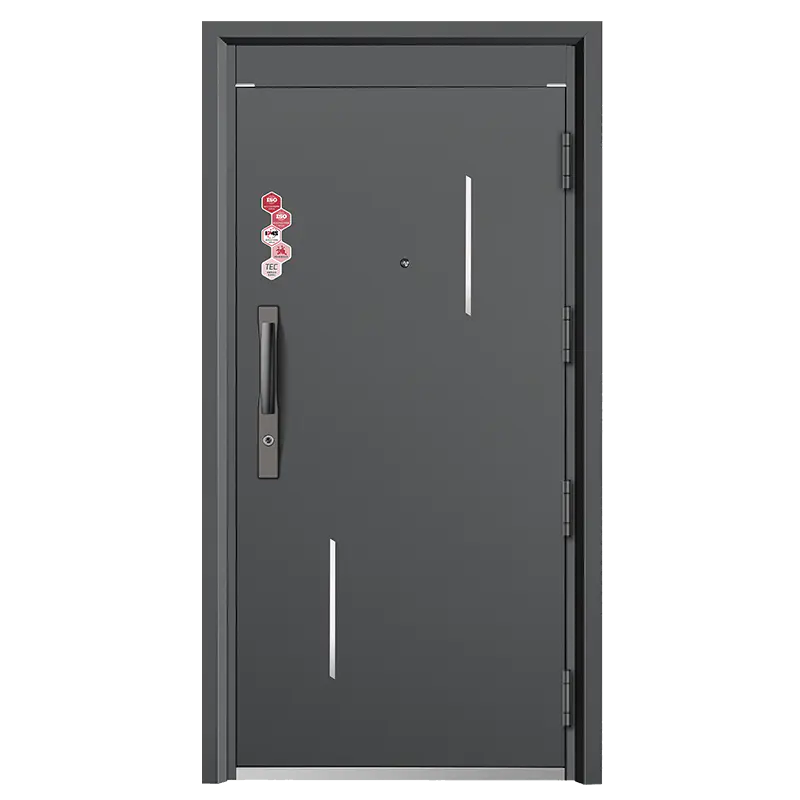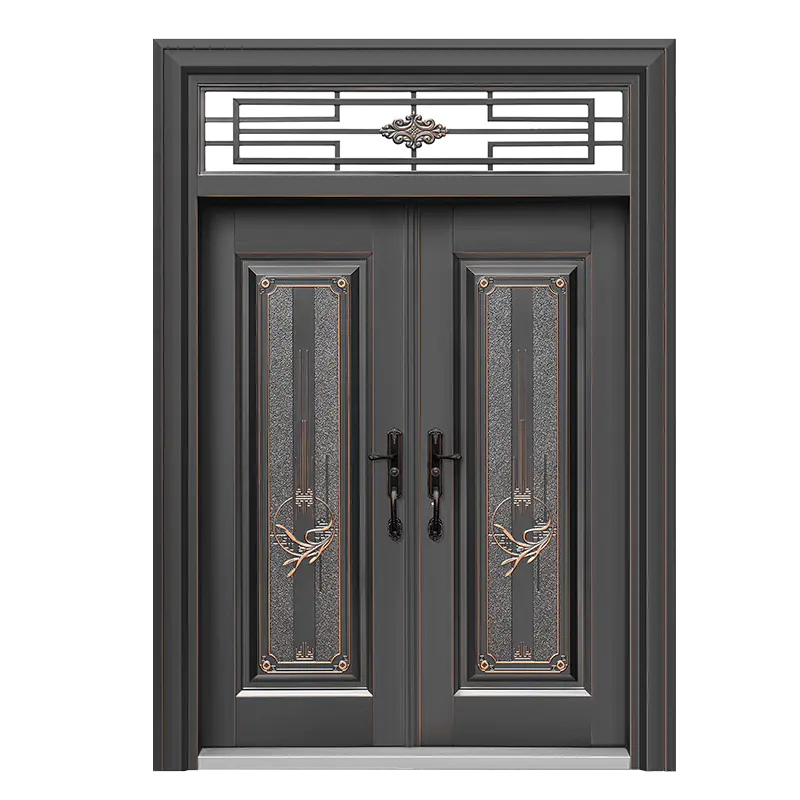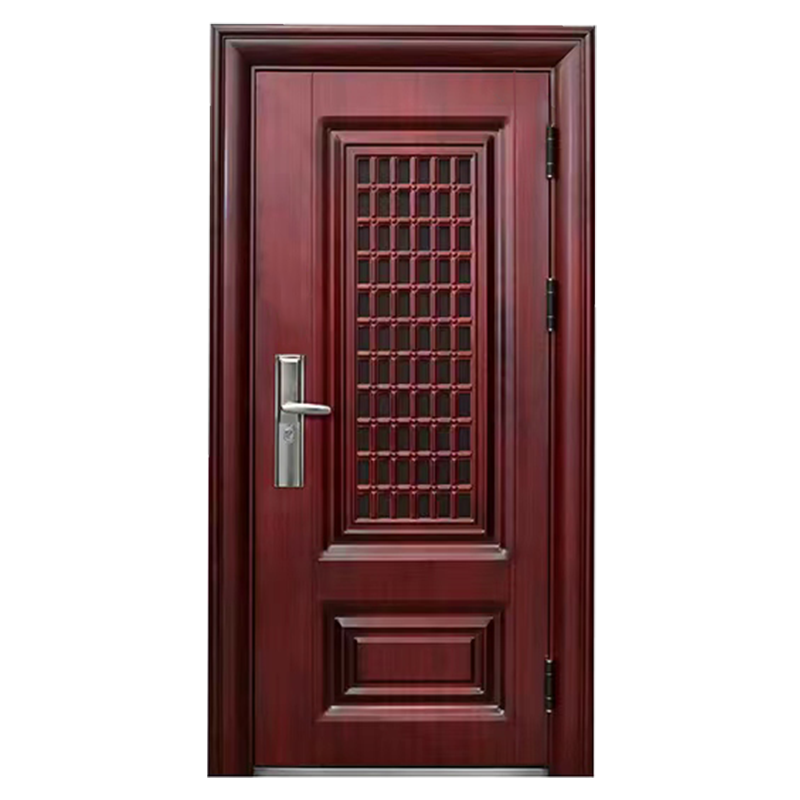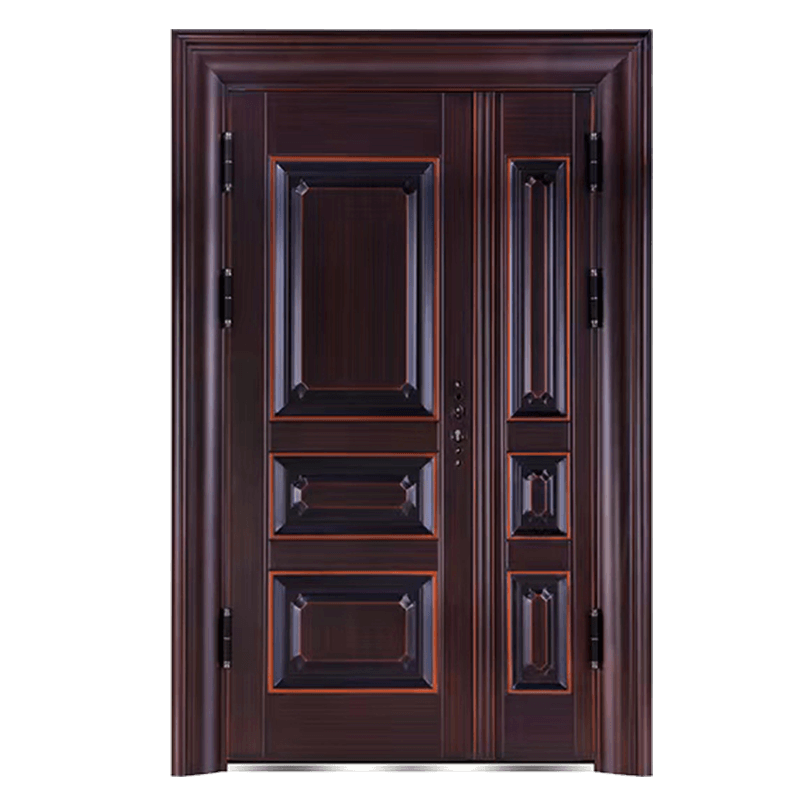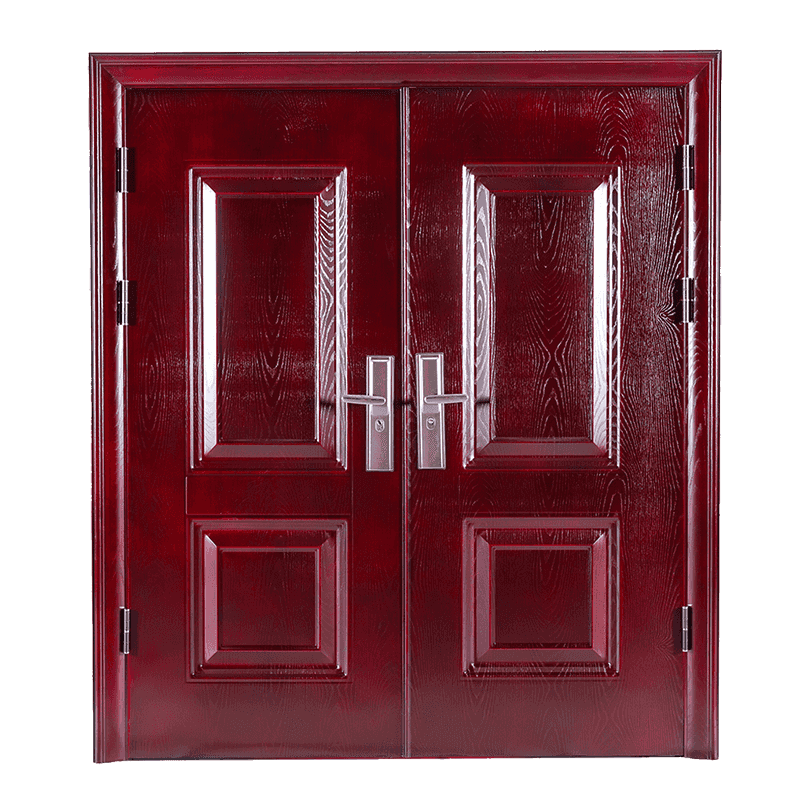How Door Sealing Performance Impacts Indoor Energy Use and HVAC Efficiency
Aug 26, 2025
When considering the performance of an Entrance Anti-Theft Door, discussions center on its ability to resist break-ins and withstand physical force. However, another essential yet often overlooked attribute is its sealing performance. A properly sealed door not only contributes to the overall safety of a building but also plays a significant role in regulating indoor energy usage.
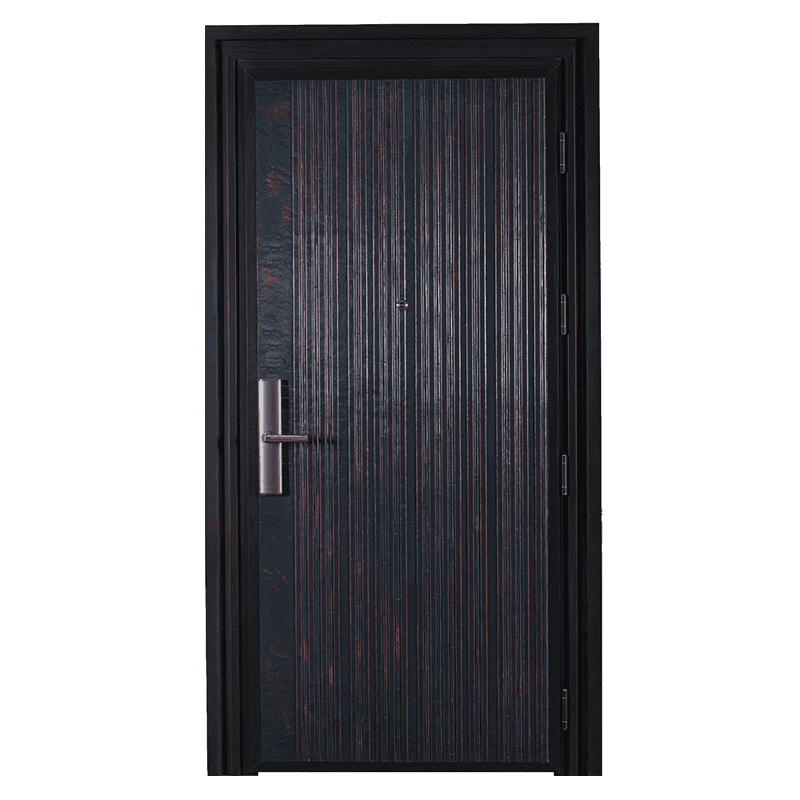
Air Leakage and Energy Loss from Door Gaps
Even the secure doors can become weak points in a building’s thermal envelope if the sealing system is inadequate. Small gaps around the edges of a door can allow conditioned air to escape while letting in drafts, moisture, or unfiltered outdoor air. This seemingly minor leakage forces HVAC systems to work harder to maintain a stable indoor climate, causing increased energy consumption. In regions with cold weather, this inefficiency can substantially raise utility costs and reduce indoor comfort levels, especially during peak heating or cooling seasons.
Modern Sealing Technologies and Their Benefits
To counteract these problems, manufacturers now integrate advanced sealing technologies into the design of anti-theft doors. Multi-layer rubber gaskets, compression seals, and magnetic strips are commonly used to create airtight barriers when the door is closed. These components help eliminate unwanted airflow while also providing sound insulation and resistance to water penetration. The materials used are often heat-resistant and flexible, ensuring long-term durability and consistent performance even after years of use. Additionally, improved sealing helps to maintain indoor air quality by preventing pollutants, allergens, or pests from entering through door gaps.
Thermal Bridging and Insulated Core Construction
Apart from edge sealing, the door’s internal structure also influences its energy efficiency. Many high-performance security doors now feature insulated cores, using materials like polyurethane foam or mineral wool to reduce thermal bridging. Thermal bridging occurs when heat travels through materials with high conductivity, such as metal, bypassing insulation and undermining the energy barrier. By incorporating insulation into the door’s core, the transfer of heat between the indoor and outdoor environment is significantly minimized. This not only supports better energy management but also prevents condensation and temperature gradients around the door frame.
Alignment, Installation, and Long-Term Effectiveness
Even the sealing materials and technologies will fail to perform effectively if the door is not properly installed. Precision alignment of the frame and door leaf is crucial to ensuring uniform pressure on the seals. An uneven frame or improper hinge adjustment can create areas where the seal is compromised. Regular maintenance, such as inspecting gasket wear or hinge tension, is also essential to preserving the sealing performance over time. When maintained well, a tightly sealed entrance door can remain energy-efficient for decades, contributing to both sustainability and cost savings.
Holistic Energy-Saving Strategies and the Role of the Door
While sealing an entrance door is only one element in a building’s broader energy management strategy, its impact should not be underestimated. Windows, walls, roofs, and even appliances all contribute to energy usage, but the entrance remains a primary point of interaction with the external environment. A door that excels in security and energy efficiency provides dual value, ensuring physical protection while supporting responsible energy use. In an age where both environmental sustainability and energy costs are increasingly important, investing in doors that seal well is a practical and future-oriented decision.

 English
English 中文简体
中文简体 Français
Français Español
Español عربى
عربى